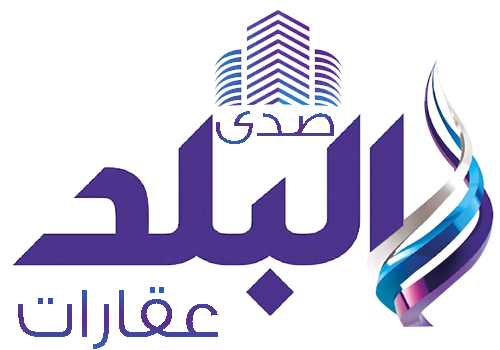Kazakhstan has announced the discovery of what is believed to be the world’s largest rare earth metal deposits, estimated to contain around one million tons of these critical elements.
The revelation, made on Wednesday, marks a significant milestone in the global race for strategic resources vital to the future economy.
Rare earth metals, comprising 17 essential elements, play a crucial role in the transition to green energy. Countries such as China, Russia, the United States, and the European Union have shown increasing interest in securing stable supplies of these valuable materials.
According to Kazakhstan’s Ministry of Industry, the newly discovered deposit, located in the Karaganda region in central Kazakhstan, contains cerium, lanthanum, neodymium, and yttrium—key materials used in renewable energy technologies, electric vehicles, and advanced electronics.
The announcement coincides with the first-ever European Union–Central Asia summit in Uzbekistan, where global powers, including the EU, Russia, China, and Turkey, are competing for influence in the resource-rich region.
The summit brings together leaders from Kazakhstan, Kyrgyzstan, Tajikistan, Turkmenistan, and Uzbekistan, alongside European Commission President Ursula von der Leyen and European Council President António Costa.
Kazakhstan’s Ministry of Industry has projected that further exploration could reveal over 20 million tons of rare earth elements at the newly named "New Kazakhstan" site, potentially placing the country among the world's leading rare earth reserves.
However, the nation currently lacks the necessary technology for extraction and is actively seeking foreign investment to develop its mining capabilities.
With the European Union aiming for carbon neutrality by 2050, securing rare earth metals is a strategic priority. The discovery further solidifies Kazakhstan's role as a key player in the global supply chain for these critical materials.












